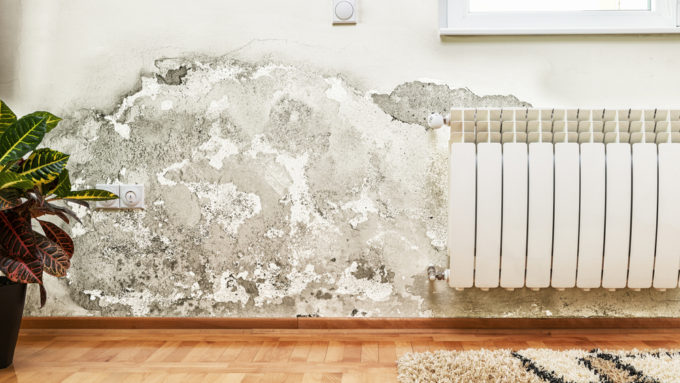As exciting as it might be to buy a new home, it can be an overwhelming process. Before signing what seems like mountains of paperwork to make the house yours, you have to deal with the bank, the realtor, and the utilities providers. You will likely get tired of the constant flow of new faces, but there is one meeting you definitely should not skip. Your home inspection is one of the most crucial steps in the homebuying process. Imagine how disappointing it would be to move into your new home, only to find that it is already inhabited by mold spores, just waiting to wreak havoc on your family’s health and comfort. Keep reading to find out the questions to ask the inspector to avoid walking into a nightmare instead of your dream home.
The point of inspection
The purpose behind a home inspection is to identify problems with the home’s overall construction. Some inspectors may only do a cursory examination when the home is newly built, possibly because the assumption is that a newly built home equates with new, quality building materials. Though it’s rare, new construction mold does occur. Depending on where the materials were obtained, the wood or drywall could have been damp from outside storage during rain. Additionally, if the frame of your house was already up, and rainy weather occurred, then there is the potential for wet materials to begin to mold. Afterall, the frame has been exposed to moisture, and if the humidity levels are high enough during construction, conditions are ripe for mold growth. In an existing home, there are any number of reasons that mold might be present. In either case, your inspector should check everything from the roof to the foundation, and all points in between.
Question everything
You should not be afraid to ask questions to ensure that everything is as it should be before committing to buying a new house, and it’s okay for you to make note of certain things as well. Walk with the inspector, and spend some time checking out things like roof construction and basement or crawlspace ventilation in a newly built home. In an existing home, you should notice things like water stains in existing carpet or the slope of the house building lot. It is easy for mold to hide in carpet and/or carpet padding. If the building lot slopes downward toward the house, rather than away from it, there is likely to have already been water intrusion into the basement, crawl space, concrete slab, or building foundation. This is a situation that is ripe for mold growth.
Specific areas to consider:
- Leaks in the water supply or sewage drain pipes – Plumbing line leaks can cause significant mold growth inside and on walls, ceilings, and floors.
- Leaky roof – Water will enter into the home’s attic and run downward into the insides of the ceilings, floors, and walls beneath the attic if the roof surface is degraded or poorly-maintained. This can also happen with flashings around a chimney or furnace and plumbing vent pipes.
- Short roof overhang – If the roof overhang extends less than two feet beyond the walls beneath the overhang, rainfall will run down the exterior walls, soaking into the wood and masonry surfaces.
- Evidence of a crawl space water intrusion – A dirt floor in a crawl space may suffer from water wicking upward from the ground water in the soil. In addition, rainfall frequently runs into crawl spaces. Crawl space water intrusion results mold growth that can move upward into the insides of the floors and walls above.
- Ventilation/Humidifiers – A faulty or poorly constructed ventilation system can allow mold spores to be carried into your home through outside air. Bathroom and laundry vents should lead outdoors to prevent moisture build-up. Whether there is a humidifier built into the home’s heating/cooling equipment or there is a free-standing, portable unit, they can push moisture and humidity through the house, increasing the chances of mold growth.
Final thoughts
If you are in the market for a new home, you should have a trusted and reputable inspector examine your home before you sign your name on the dotted line. It’s best to spend time walking the property with them to see the issues for yourself. If you have already moved into your new space, and you have concerns about any of the things mentioned in this article, call Restoration Certified Specialists. Scheduling an appointment with us means a quality, thorough inspection of all areas that may be vulnerable to mold due to moisture. Let us help you breathe easier about your new home purchase.


